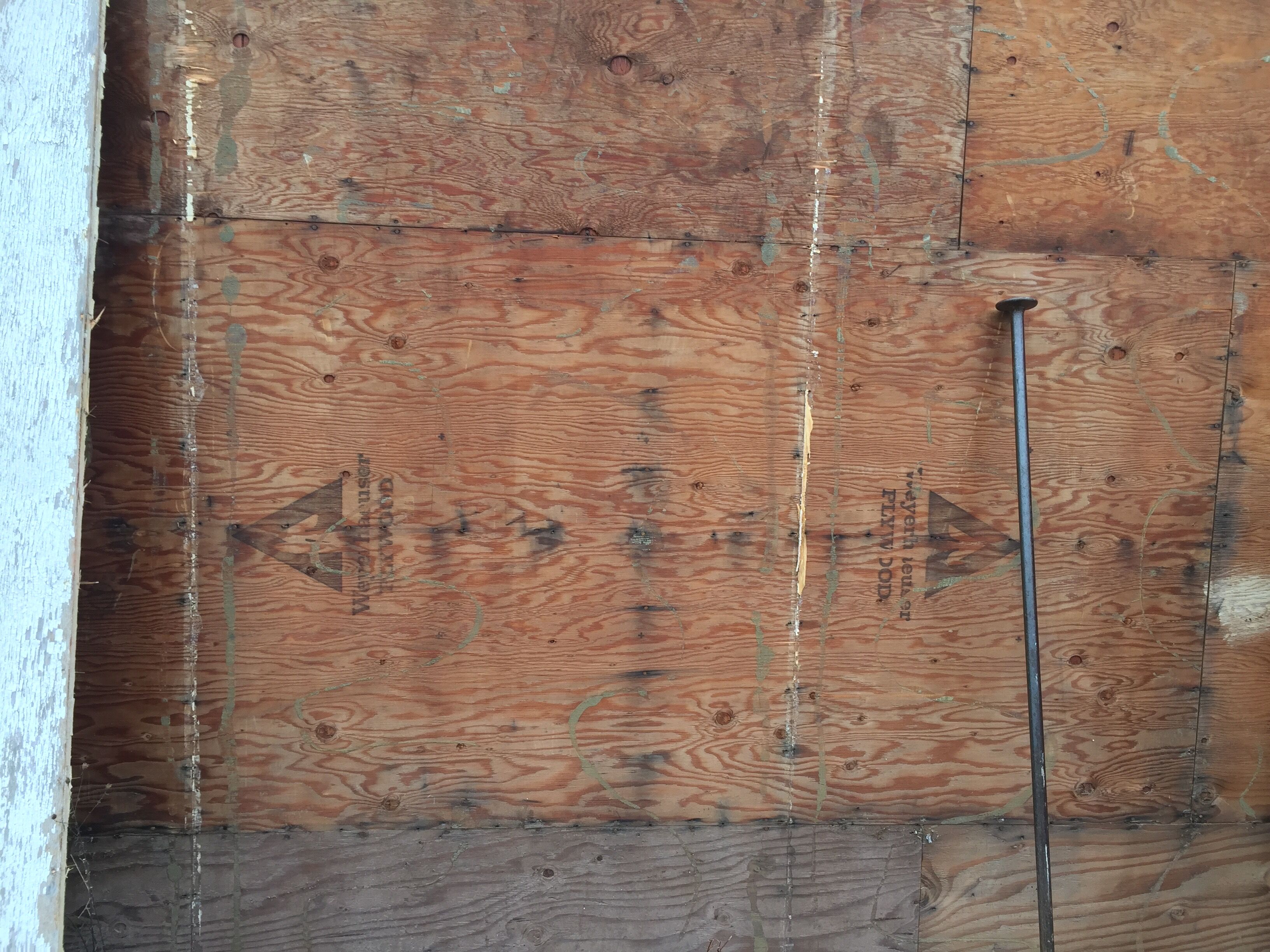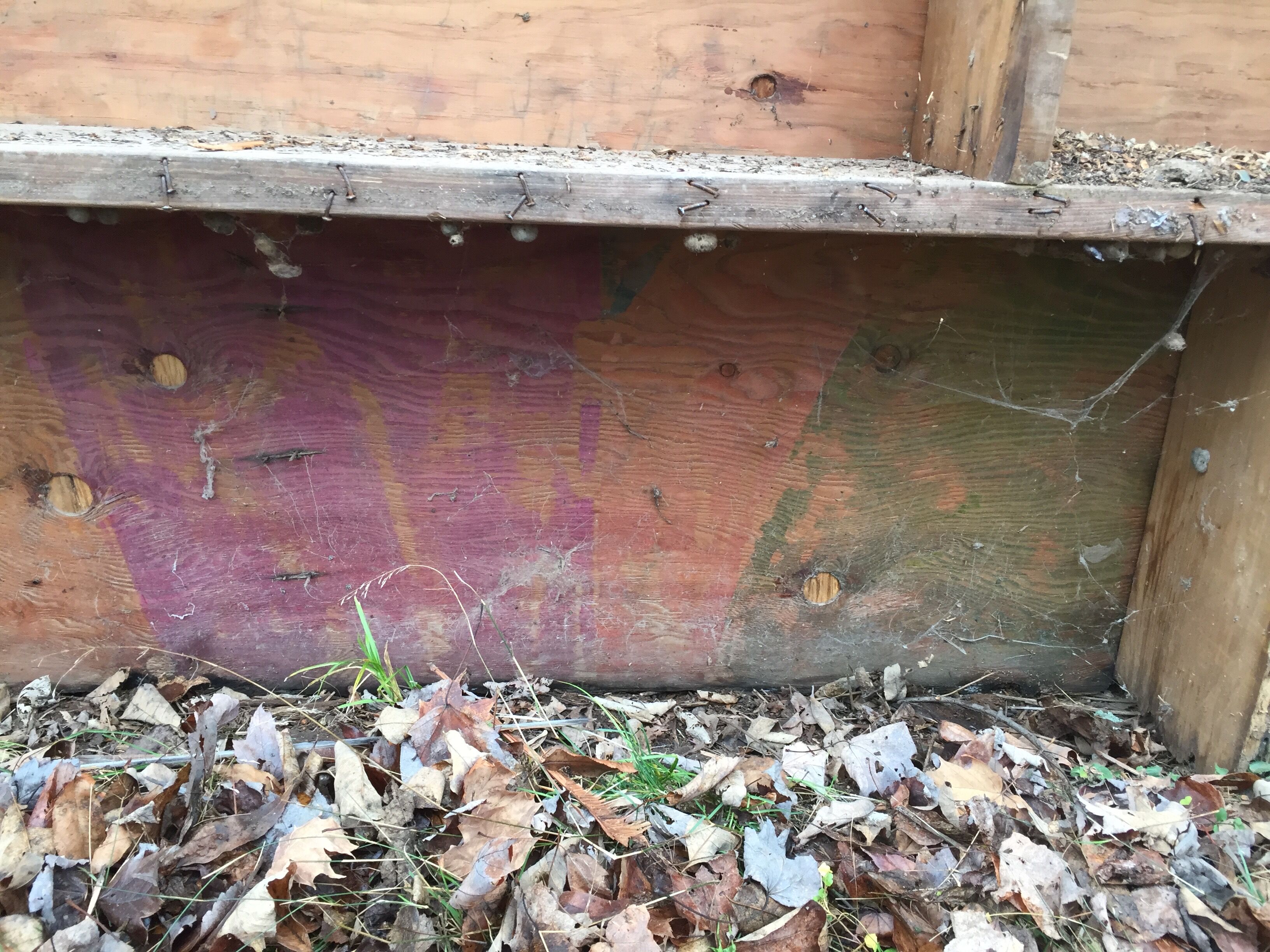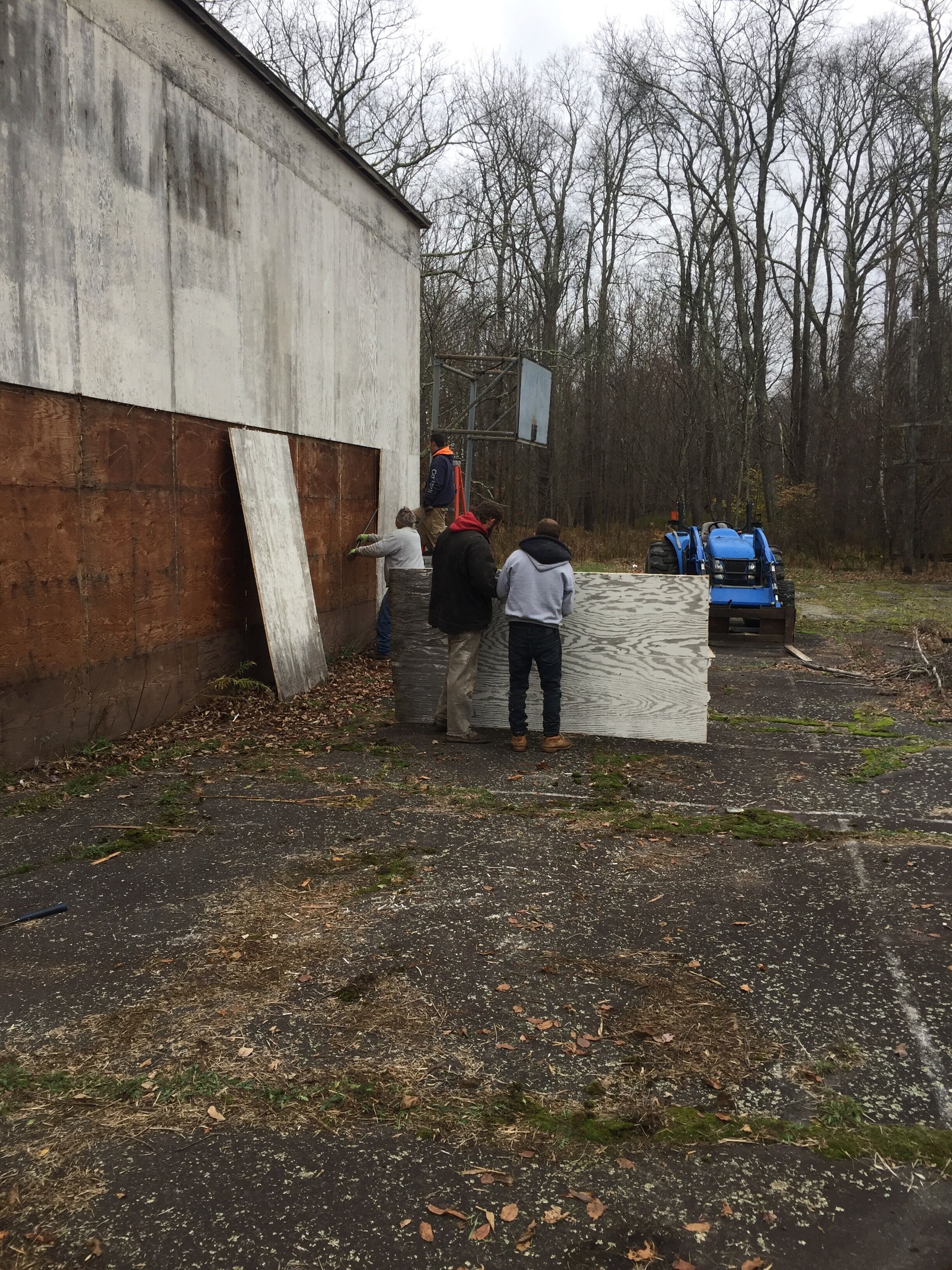I never imagined after going to the 1969 Woodstock Music and Art Fair that one day I’d be lucky enough to rediscover the original stage. But it happened. My connection to rock music’s most famous concert began when it was planned for just 50,000 people in the Town of Wallkill, NY.
When town officials blocked the festival, it needed a new location. The organizers found Max Yasgur’s farm in Bethel, NY. Luckily for me, I lived close enough to visit almost daily while the stage and speaker towers were built in three weeks. It was a dream come true for me at 15 years old. I had organized my first rock concert two years before and wanted to be a music promoter. Now, I could see how it was done and even meet the organizers, just a couple years older than me.
Before the construction was finished, people started arriving from every direction first in cars then on foot. Knowing the back roads, meant I could go back and forth between the concert and home each day. Not that I really wanted to leave when the music started. It was amazing and the performers were incredible. The spirit they created lasted for four days and for my lifetime.

After the hundreds of thousands of fans left, the organizers did their best to make some money. They began taking apart anything they could sell, including the stage. A few weeks later, I was visiting my girlfriend at her family’s bungalow colony when her father asked me to unload plywood. As we were working, he said the panels had been the stage at Woodstock and would be used to build a paddleball court. I don’t think I made the connection at that time, no one in the area was really talking about the concert anymore.
But 48 years later, I remembered. People were anticipating what the 50th anniversary would be like and I got curious about the paddleball court. Was it still there? I decided to look for it and convinced a friend to join me. We walked around the grounds of the former bungalow colony and were headed back to the car when my friend spotted something standing in the distance. There in an overgrown area was the paddleball court - still intact. As I got closer, I felt the concert’s magic even before I touched the plywood.
I convinced the new property owner to let me take some panels. I brought them to a wood scientist who examined and analyzed them. He confirmed they were the authentic panels from the stage. I bought the rest of them and stored them as I thought about the best way to share the magic of the original stage from that incredible event. Six of the panels are on display at the “We Are Golden” 50th anniversary exhibit at the Museum at Bethel Woods.

I decided to use the pieces of the stage to honor the performers and fans and also to remind people many of the social issues that concerned the Woodstock Generation are still around today. I co-founded Peace of Stage and we’ve designed Collectibles with an original piece of the stage people can actually touch. Our “Stardust for Peace” glass bottles contain stage sawdust and the proceeds from their sale support five charities whose programs pay tribute to Vietnam War Veterans, raise awareness about mental health and bullying, provide food for the hungry and support gun control.







